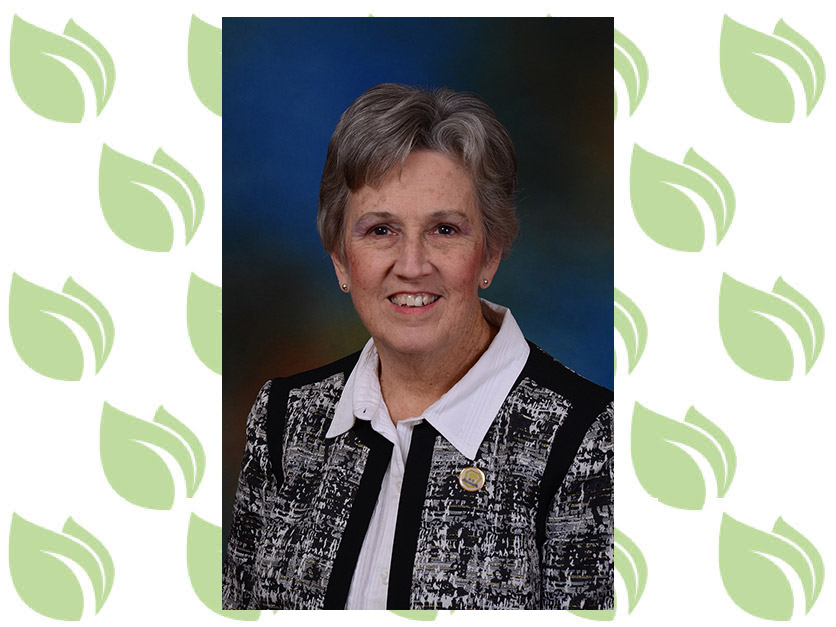After nearly two decades of advocating for high-speed broadband deployment into rural America, National Grange’s dream is within reach. The Federal Communications Commission (FCC), the United States Department of Agriculture, and now Congress via the infrastructure package have committed to ensuring significant rural broadband funding. There’s hope to finally reach the last mile of rural America with high-speed internet access. With billions of dollars in funding available, it’s time to implement the Grange’s dream on the ground.
Project funds must prioritize unserved communities first and the underserved next. With limited funding for these essential projects, we need to avoid overbuilding in some areas while other regions lack fundamental connectivity. There is no need to have two or more providers building out in one area and no build-out in other areas. We can coordinate efforts in a timelier manner by working with the National Telecommunications and Information Administration (NTIA), the FCC and USDA’s Rural Utilities Service (RUS) to help advance current broadband projects.
A crucial tool to build out connectivity will be accurate broadband maps. Updating FCC broadband availability maps will ensure that we understand which regions are already being served. Not only is the management of these projects important but accurate maps are necessary to determine where the true digital deserts are located. Without these maps, true changes cannot be made.
The other element that is essential in reaching the last mile is to have strong public-private partnerships. Private providers have the expertise and experience to deliver efficient and effective project outcomes. State and federal governments can help establish working relationships with their public utilities departments to help accurately target broadband funds to local needs within that state. Once these digital deserts are identified, private providers are then experienced in discerning which types of networks will most effectively and affordably establish connectivity and efficiently deploying these networks. What works for the high plains of Kansas may not be the right fit for the mountains of West Virginia. Providers can utilize any and all existing “middle mile” networks, providing a head start in many regions. We also must ensure fair and equitable rights-of-way and utility pole access to all broadband providers. In many rural areas, whether this lynchpin issue can be resolved will determine if residents get broadband. If all else fails, Congress may have to provide a legislative solution—bad news for communities looking for a quick solution to their problems.
Americans stand at a crossroad. We must achieve widespread connectivity to function in our modern society. Congress has provided the funding to reach this goal, but we need to ensure smart allocation, accurate maps, public-private partnerships and not let this opportunity be squandered. This is a once-in-a-couple generations opportunity. Let’s get it right the first time.
Betsy Huber is President of the National Grange.
For more opinions and ag news, go to: www.Agri-Pulse.com.

